
This pattern is an adaption of this pattern: https://buttoncounter.com/2018/01/14/facemask-a-picture-tutorial/
She does a much better tutorial than mine so I recommend looking at hers first. The modifications I have done to this pattern is adding a pocket and nose wire, otherwise this is identical to her pattern.
Please realize that I am not a seamstress, I am not a great sewer. I am a veterinary oncologist who was forced to wear a mask at work and created this for me and my coworkers. My dear friend, Veronica, is a human nurse and requested this for her work because her hospital is out of N95 masks. In honor of her actually treating COVID-19 patients, I have named this after her.
There is a lot of legitimate controversy whether fabric masks should be used in any capacity.
These SHOULD NOT be used in place of proper protection. My biggest fear is that people who wear one will have a false sense of security.
These should be cleaned frequently (at least daily if not more). I purposely chose cotton and wire, as it is easier to clean and sanitize while being comfortable and breathable. There are a lot of different opinions on filters, and I will not discuss that here; please do your own research and make your own informed decision.


Materials
- 8" x 14" piece of fabric
- 2 strips of 1.75" x 6" fabric
- 2 pieces of 1/4" elastic - I'm doing 6.5" (the original) for small, 7.25" for medium and 8" for large
- 1 piece of wire - I am using 20 gauge copper wire I got at a hardware store in 4" pieces with the ends tucked in
Step 1
First overcast stitch the 8" edges
Step 2
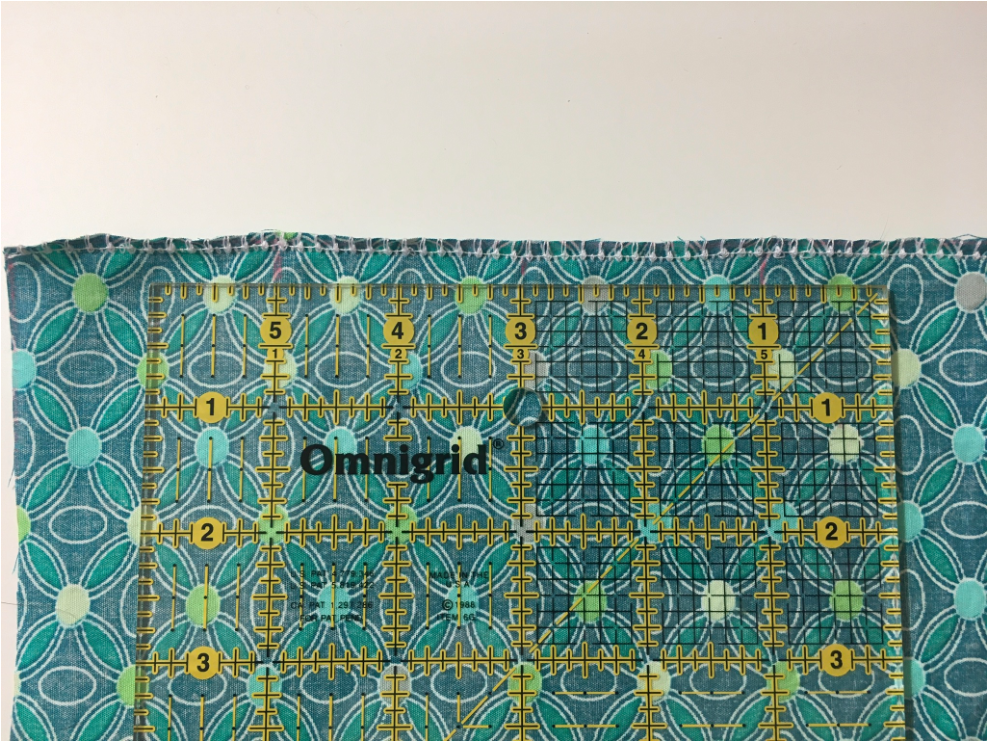
Measure 2" from the center on either side of 1 side of your overcast edge. This will create a 4" pocket.
Step 3

Pin the fabric in half, right sides in and sew from the end to the first needle then from the third needle to the end. I am doing 3/8" seam here (original pattern is 1/4"). This will create the pocket. Make sure to backstitch the openings of the pocket (inside points).
Step 4
Iron the seam open and turn the tube inside out.
Step 5 - Creating a pocket
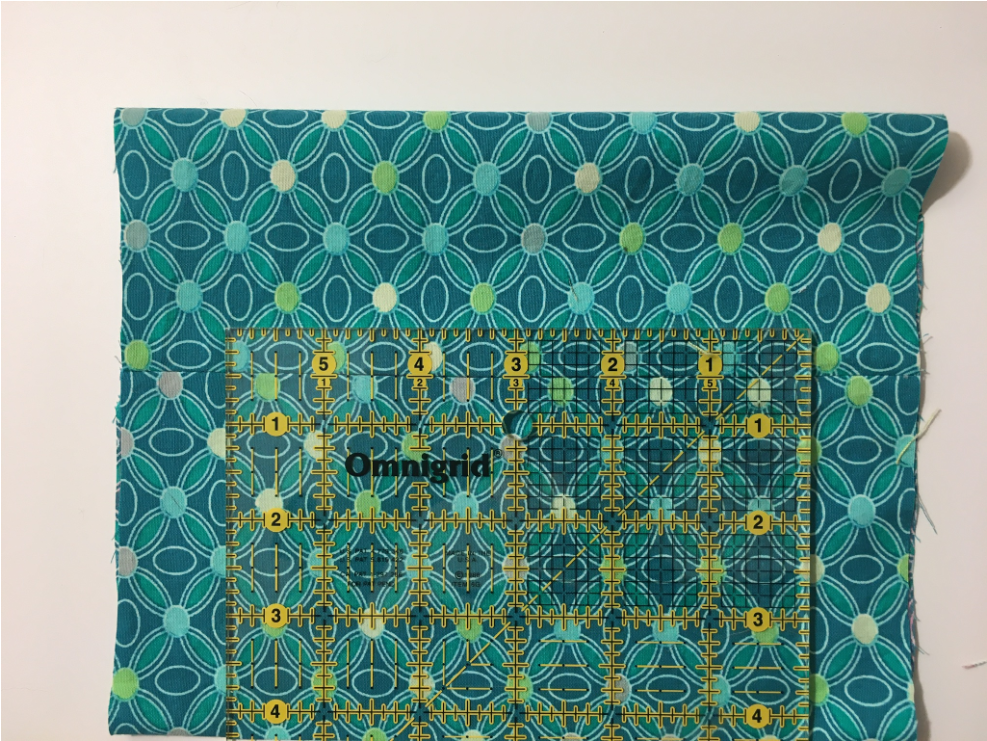
Measure a 1/2" from the top of the pocket and use that as your top edge of the mask. Iron your tube flat top and bottom edges.
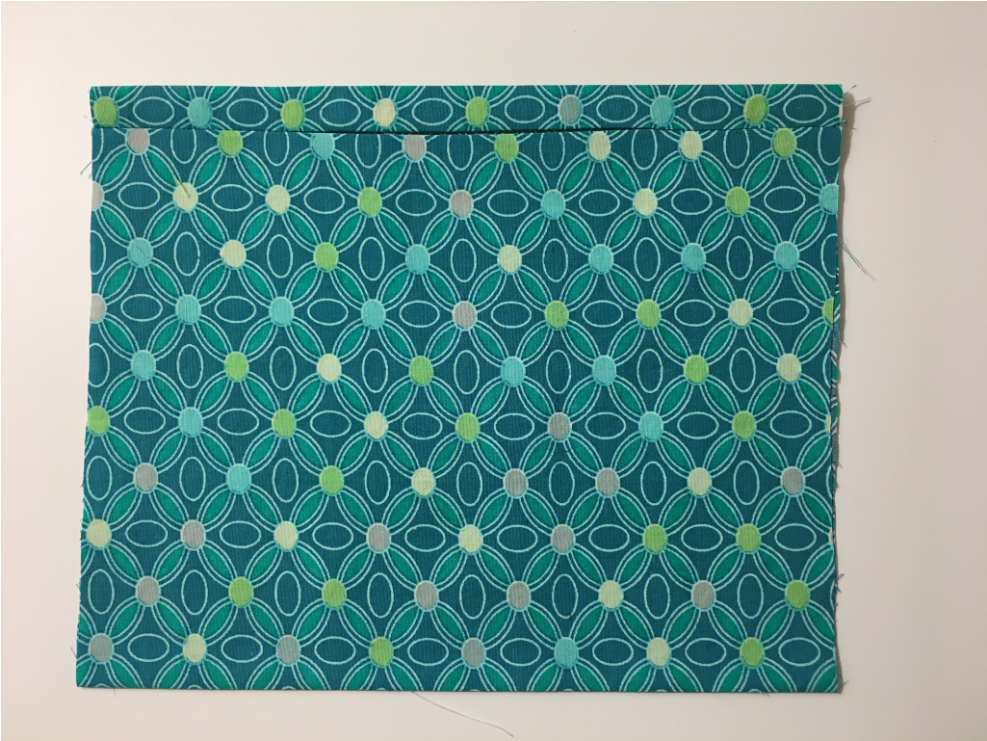
Your piece should look like this.
Step 6 - Making the Pleats
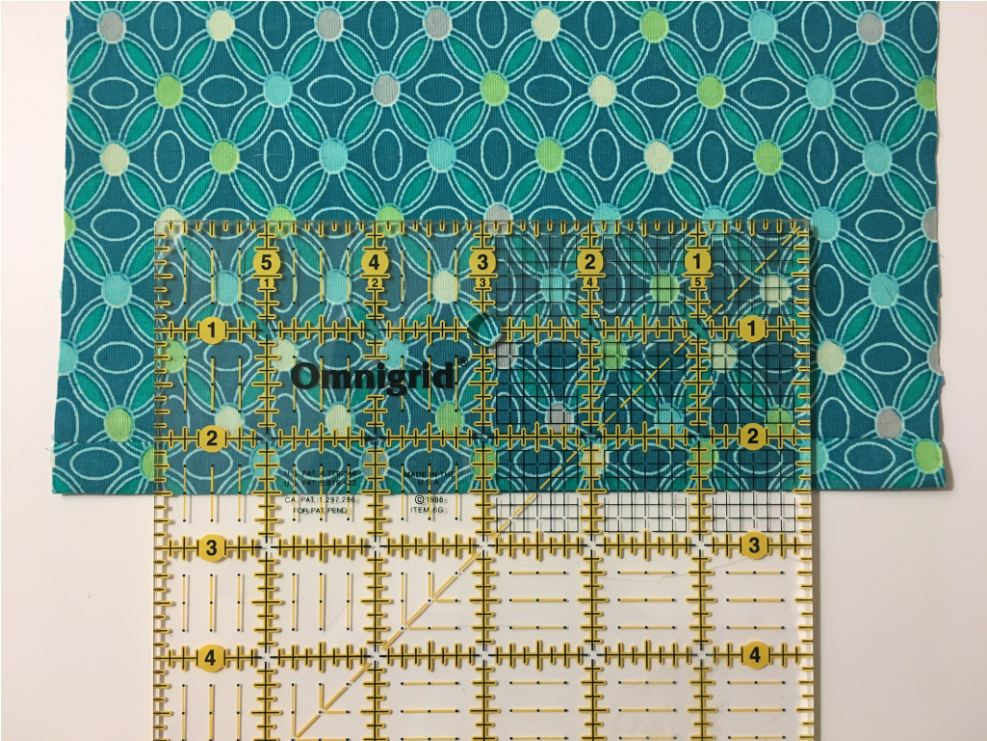
Measure 1.5" and 2.5" from the bottom and put the lower mark on top the higher mark to create your first 1/2" pleat. If you do your marks with the pocket down and facing you, your marks will not be on the side that is seen.
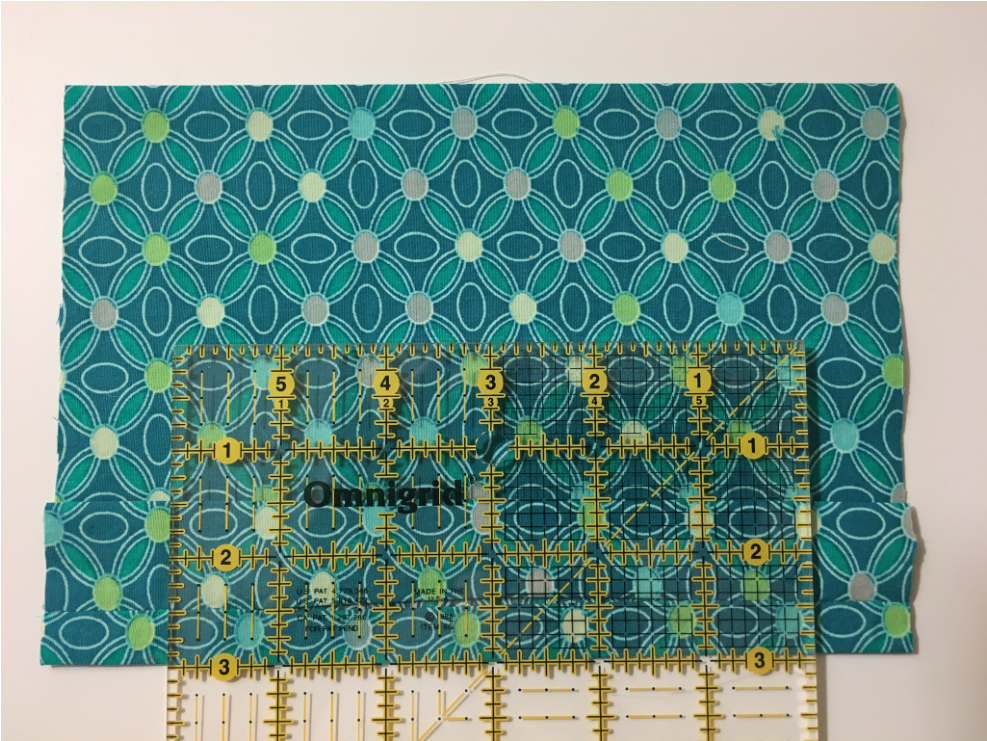
Now measure 1/2" and 1.5" from the top of the last pleat and create the next pleat. Do this twice.

Your piece should look this.
Step 7

Pin your pleats and your elastic, make sure not to twist the elastic. Baste the unfinished edges. I baste the pleats and elastic in 1 step which is not the original pattern. I backstitch over the elastic to keep it from moving too much.
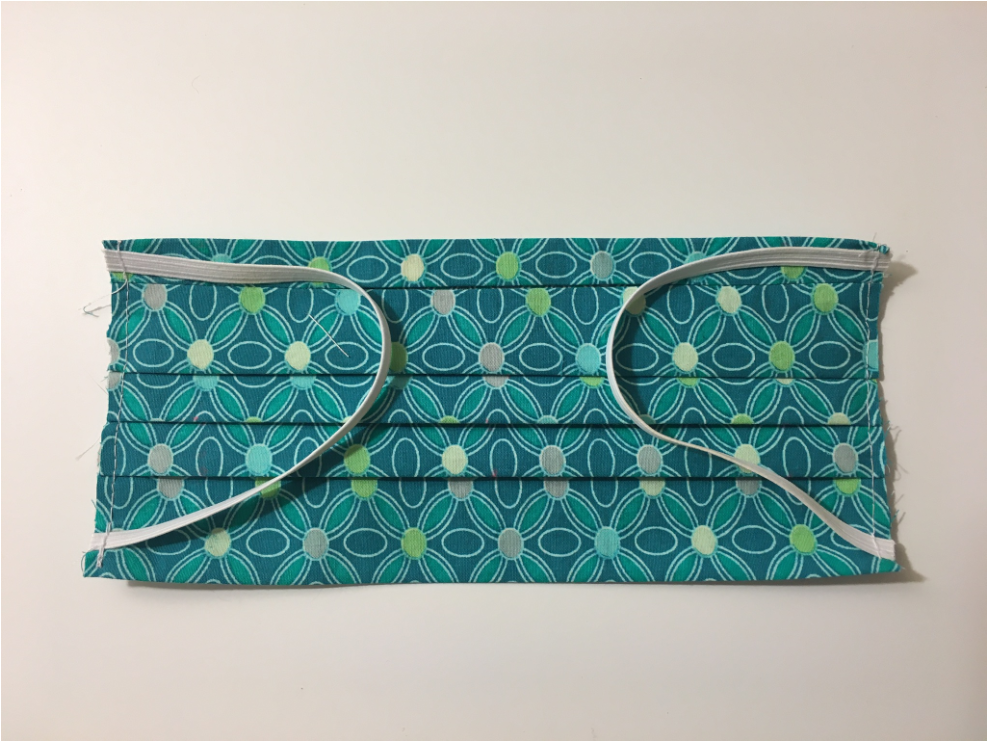
Step 8
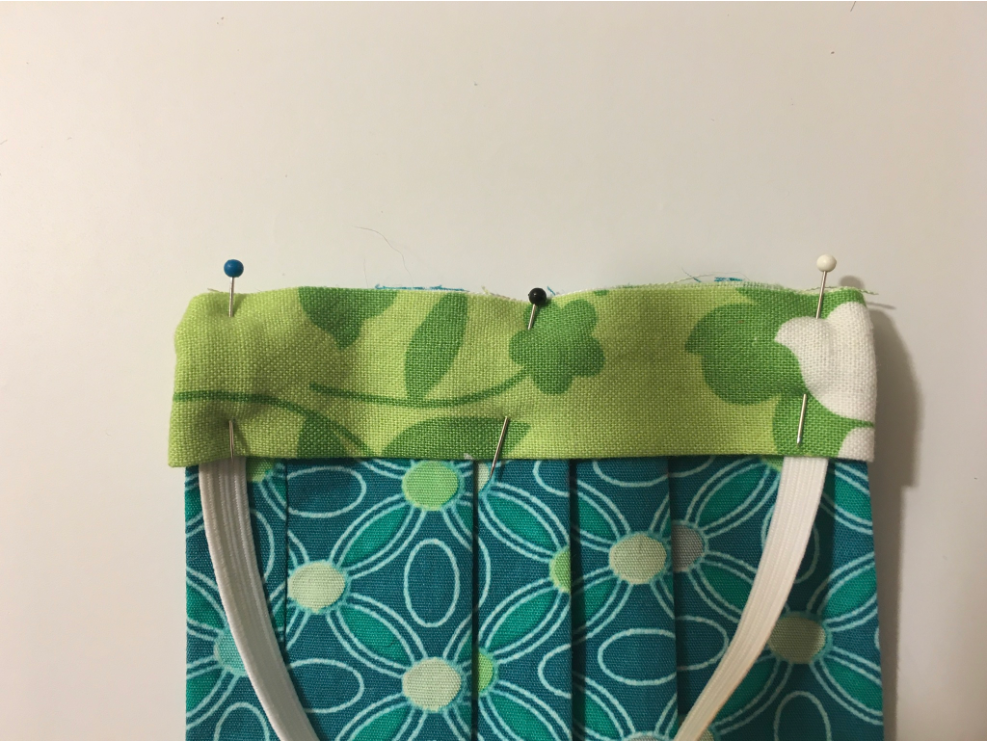
Pin the strip fabric to the back side of the piece (same side as elastic).
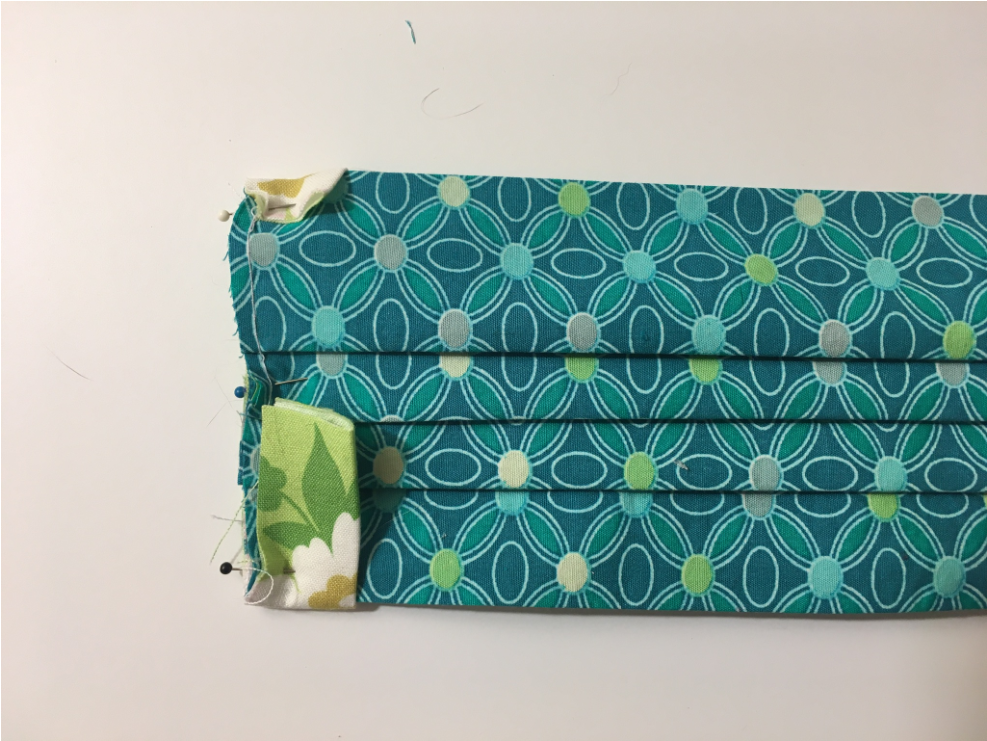
You should have a bit of excess at one end, cut that off.
Step 9
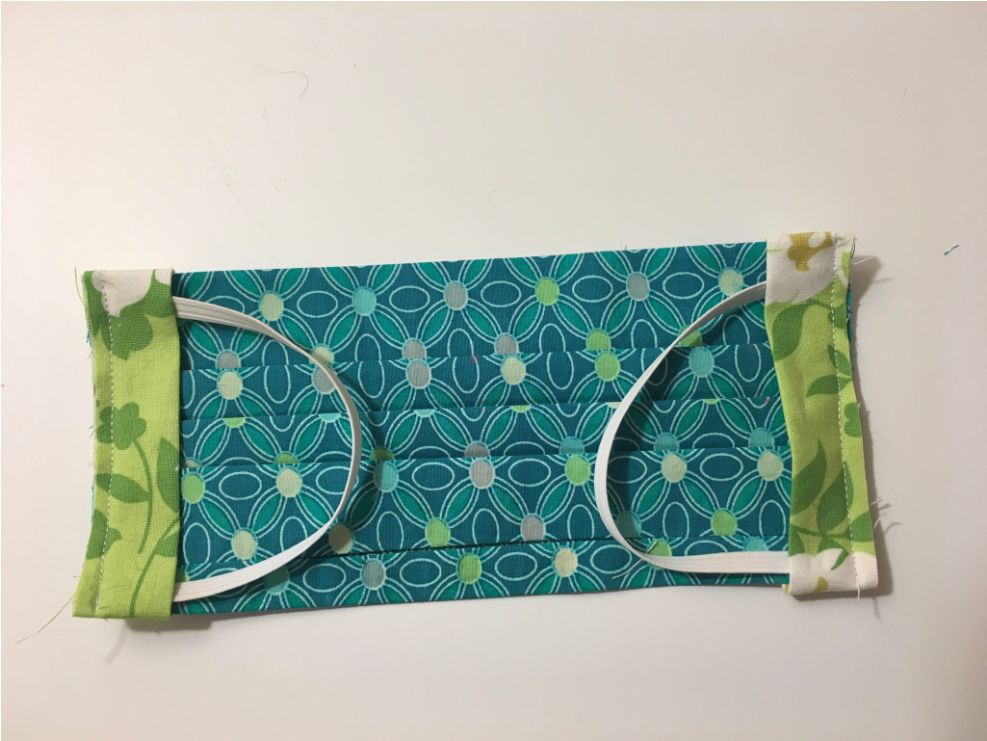
Sew the raw edge. You will want a sharp size 14 or 16 needle for this step, you will be going through 4 layers of fabric and elastic.
Step 10
Flip the folded edge over to the right side and press. Stitch the strip in on either edge. Again, for this step you will want a heavy duty needle. - sorry I don't have a picture for this step.
Step 11 - Placing the Wire
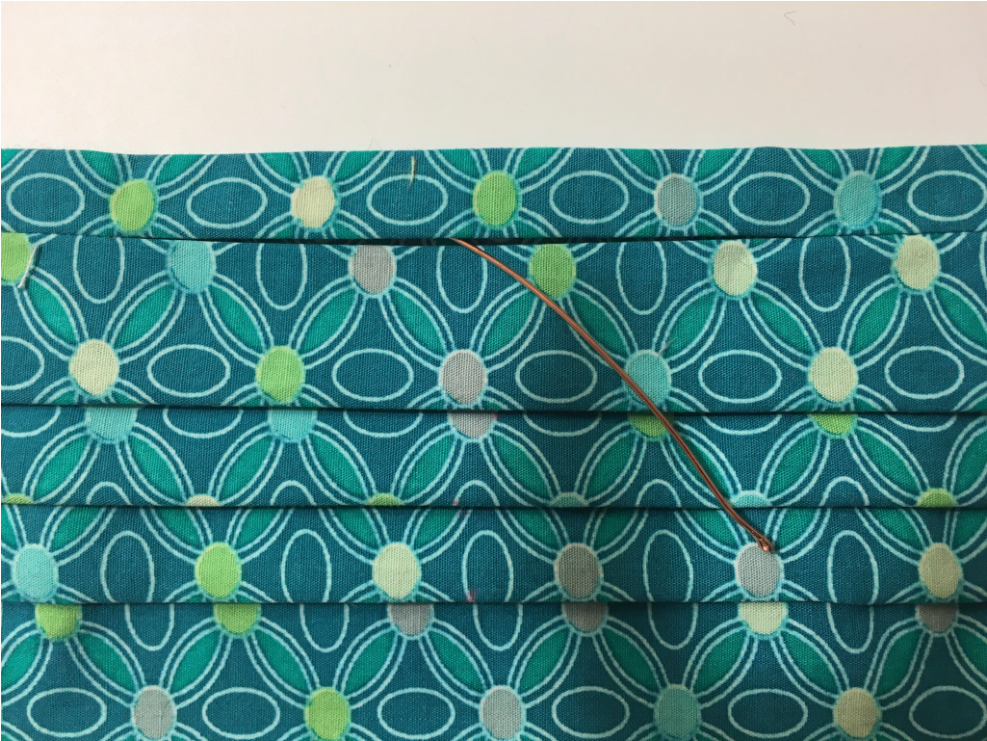
Place the wire inside the 1/2" area above the pocket.
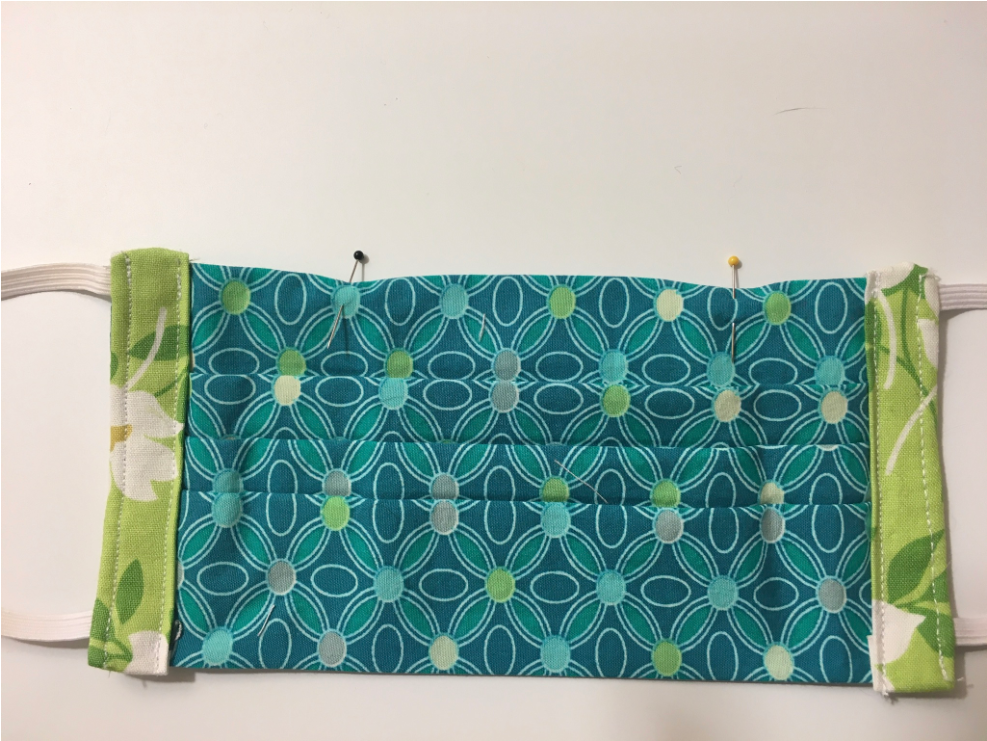
I put pins on either end of the wire. Now topstitch the top edge. Be very careful not to hit the wire. There is no need to center the wire as it should be able to move freely in the channel you create.

You now have moldable wire for the nose.

And a pocket for a filter if you want one.
Optional: Nose pad

I have used fusible web to fuse fleece to the inside by the nose to help catch condensation for those of us who wear glasses.
This pattern can be easily be adapted for fabric ties on the side instead of the contrast strips.